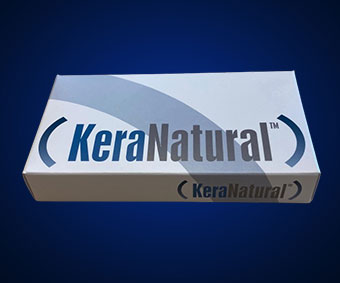The Vital Role of CAIRS-KeraNatural in Keratoconus Vision
'After KeraNatural I could see face of my son and I could continue for my academic degree’
That's truly heartwarming to hear! It's remarkable how transformative the impact of treatments like KeraNatural can be, not only on vision but also on the broader aspects of life, such as family and persosnal goals. Being able to see the face of your son and continue pursuing your academic degree are significant milestones, and it's inspiring to hear about the positive changes KeraNatural has brought to your life. If you have any further experiences or insights you'd like to share, I'm here to listen.
- KeraNatural is Safe 👉
- KeraNatural is Effective 👉
- KeraNatural is Comfortable 👉
- KeraNatural Can Be Customised 👆
KeraNatural is Safe
Material Composition: Emphasizing that KeraNatural CAIRS utilizes organic, biologic, elastic, sterilized human collagen tissue is significant. This type of material may have advantages over synthetic materials or other biological tissues in terms of compatibility and integration with the corneal tissue.
Long-term Safety: If the treatment has been used for over a century with larger corneal tissue, including corneal transplantation, and has demonstrated safety, it suggests a strong safety profile. However, it’s essential to verify the specific data and studies supporting these claims, particularly in the context of KeraNatural CAIRS.
Comparison with Keratoplasty: Highlighting that corneal keratoplasty, a more invasive procedure, has been using similar tissue for years and is approved for safety, provides a valuable point of reference. If KeraNatural CAIRS offers comparable or better safety outcomes without the risk of rejection, it could be a significant advancement in the field.
Rejection Risk: Mentioning that KeraNatural CAIRS has no rejection risk is a notable advantage. Rejection is a significant concern with traditional corneal transplantation, so if this treatment eliminates that risk, it could potentially revolutionize the management of corneal conditions.
In summary, the information provided paints a promising picture of KeraNatural CAIRS treatment for keratoconus patients. However, it’s essential to review the specific clinical data, regulatory approvals, and ongoing monitoring of outcomes to fully assess its safety and efficacy. Patients considering this treatment should consult with their healthcare providers to discuss its potential benefits and risks in their individual cases.

KeraNatural is Effective
Thank you for sharing the effectiveness data of KeraNatural CAIRS treatment. A 68% improvement in vision, where patients can see two or more lines better on the eye chart, is indeed a significant outcome. Additionally, the fact that there were no instances of vision loss after the treatment is very reassuring.
The ability for patients to continue their education, whether with or without glasses or contact lenses, and experience improved comfort and ease in their daily lives, further underscores the positive impact of this treatment.
It’s essential to continue monitoring the long-term outcomes of KeraNatural CAIRS to ensure its sustained effectiveness and safety over time. Patients and healthcare providers should collaborate closely to assess individual needs and determine the most appropriate treatment options for each case.

KeraNatural is Comfortable
KeraNatural CAIRS (Corneal Allogenic Intrastromal Ring Segments) for keratoconus offers a comfortable and efficient treatment option. The surgery utilizes femtolaser technology, which typically lasts 10-15 minutes and employs topical anesthesia for patient comfort.
Unlike some other procedures, patients often report minimal discomfort following KeraNatural CAIRS surgery, with less pain and burning sensation compared to LASIK surgery. Additionally, many patients experience improved vision as early as the next day.
One of the remarkable aspects of KeraNatural CAIRS is its minimal impact on daily life. Patients can usually resume their normal activities immediately after the procedure, making it a convenient option for those seeking effective treatment for keratoconus.

KeraNatural Can Be Customised
KeraNatural CAIRS for keratoconus offers the valuable advantage of adjustability, making it a highly customizable treatment option. Since each case of keratoconus is unique, it’s often challenging to determine precisely where corneal tissue should be inserted before surgery. However, with KeraNatural CAIRS, the adjustability feature allows for tailored treatment.
The Istanbul Nomogram settings further enhance this adjustability, facilitating the precise cutting, splitting, rotation, or exchange of corneal tissue during the procedure. This adaptability is akin to tailoring, ensuring that the treatment aligns perfectly with the individual needs of each patient.
Moreover, the ability to make adjustments post-implantation is crucial. While the earliest adjustment or tailoring of KeraNatural CAIRS typically occurs six months after implantation, this secondary procedure is relatively quick, often taking only a few minutes. This flexibility ensures that the treatment can be fine-tuned to optimize outcomes for each patient, enhancing the effectiveness and satisfaction of the procedure.
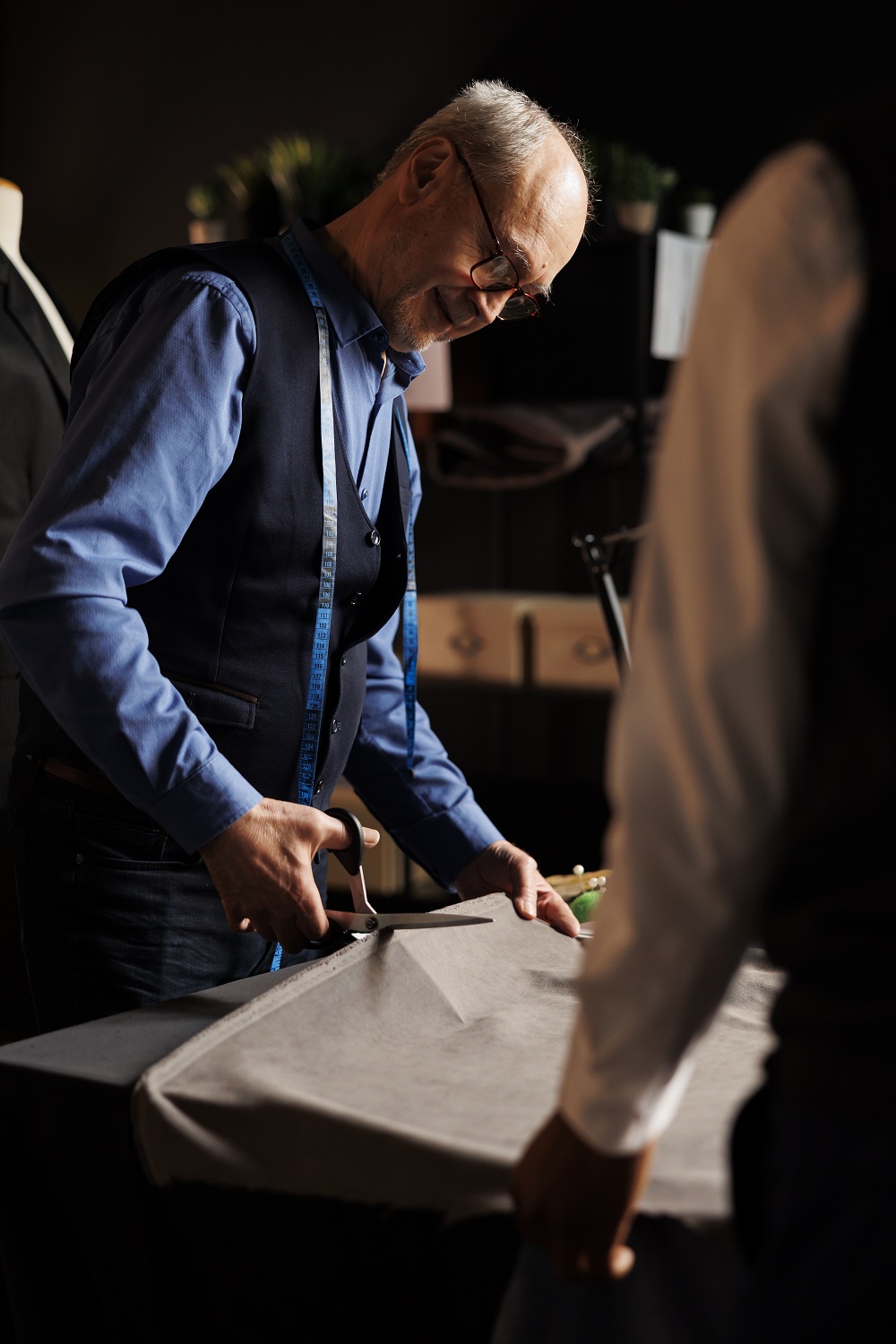

Approach
KERANATURAL IS SAFE
Experts
KERANATURAL IS EFFECTIVE
Technology
KERANATURAL IS COMFORTABLE SURGERY
Short sur
Topical
No sutur
Reversible
WHY ISTANBUL NOMOGRAM ?
VIDEOS FOR YOUR QUESTIONS …
Common Heart Conditions
- Arrhythmia
- Atherosclerosis
- Cardiomyopathy
- Congenital heart defects
- Heart infections
Arrhythmia
An arrhythmia is an abnormal heart rhythm. Some arrhythmias can cause problems with contractions of your heart chambers by not allowing the top chambers (atria) to squeeze correctly.
The choice will be based on the type of arrhythmia you have, how severe your symptoms are, and if you have other conditions such as diabetes, kidney failure, or heart failure. Your healthcare provider will discuss your treatment options with you.
Usual Symptoms:
- Weakness
- Fainting
- Heart failure
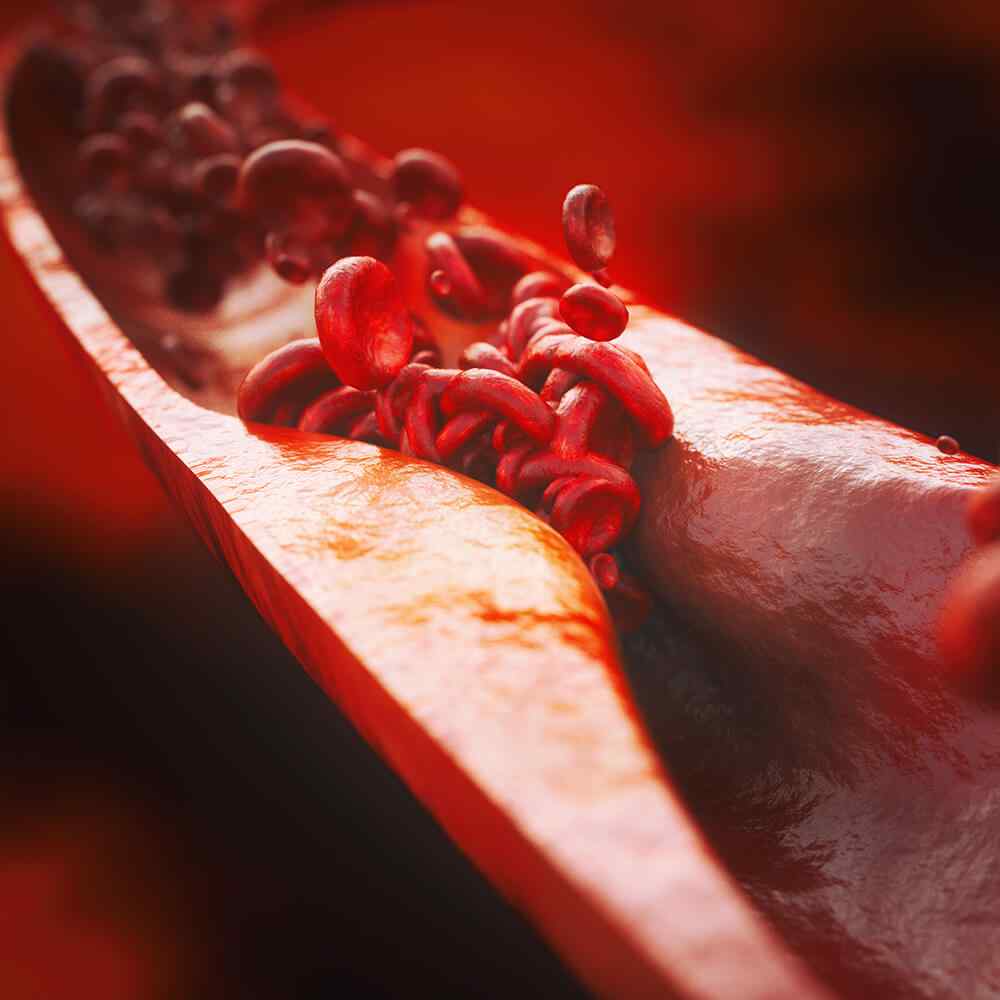
Atherosclerosis
Atherosclerosis is thickening or hardening of the arteries caused by a buildup of plaque in the inner lining of an artery. Can cause a heart attack, stroke, aneurysm, or blood clot.
Atherosclerosis is the buildup of fats, cholesterol and other substances in and on your artery walls. This buildup is called plaque. The plaque can cause your arteries to narrow, blocking blood flow. The plaque can also burst, leading to a blood clot.
Usual Symptoms:
- Chest Pain
- Fatigue
- Shortness of breath
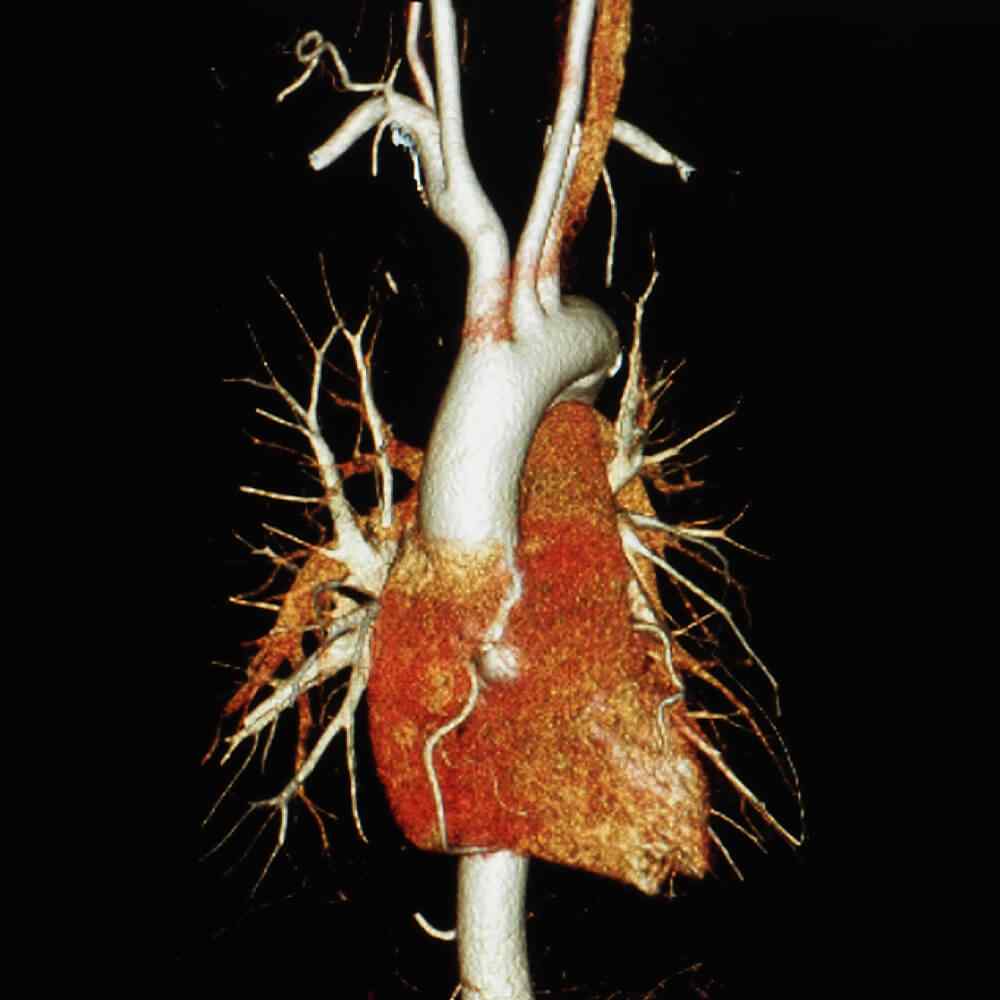
Cardiomyopathy
Cardiomyopathy causes the heart to lose its ability to pump blood well. In some cases, the heart rhythm also becomes disturbed. This leads to irregular heartbeats (arrhythmias).
Viral infections in the heart are a major cause of cardiomyopathy. In some cases, another disease or its treatment can cause for the cardiomyopathy. This might include complex heart disease that’s present at birth (congenital).
Usual Symptoms:
- High blood pressure
- Viral infections
- Muscle disorders

Congenital heart defects
A congenital heart defect (CHD) is a heart problem that a baby has at birth. It is caused by abnormal formation of the heart during growth in the womb. There is no known reason for it.
Most cases of congenital heart defect have no known cause. But some types of congenital heart defects occur more often when the mother comes in contact with some types of dangerous substances in the first few weeks of her pregnancy.
Usual Symptoms:
- Chest Pain
- Lupus
- Connective tissue disorder
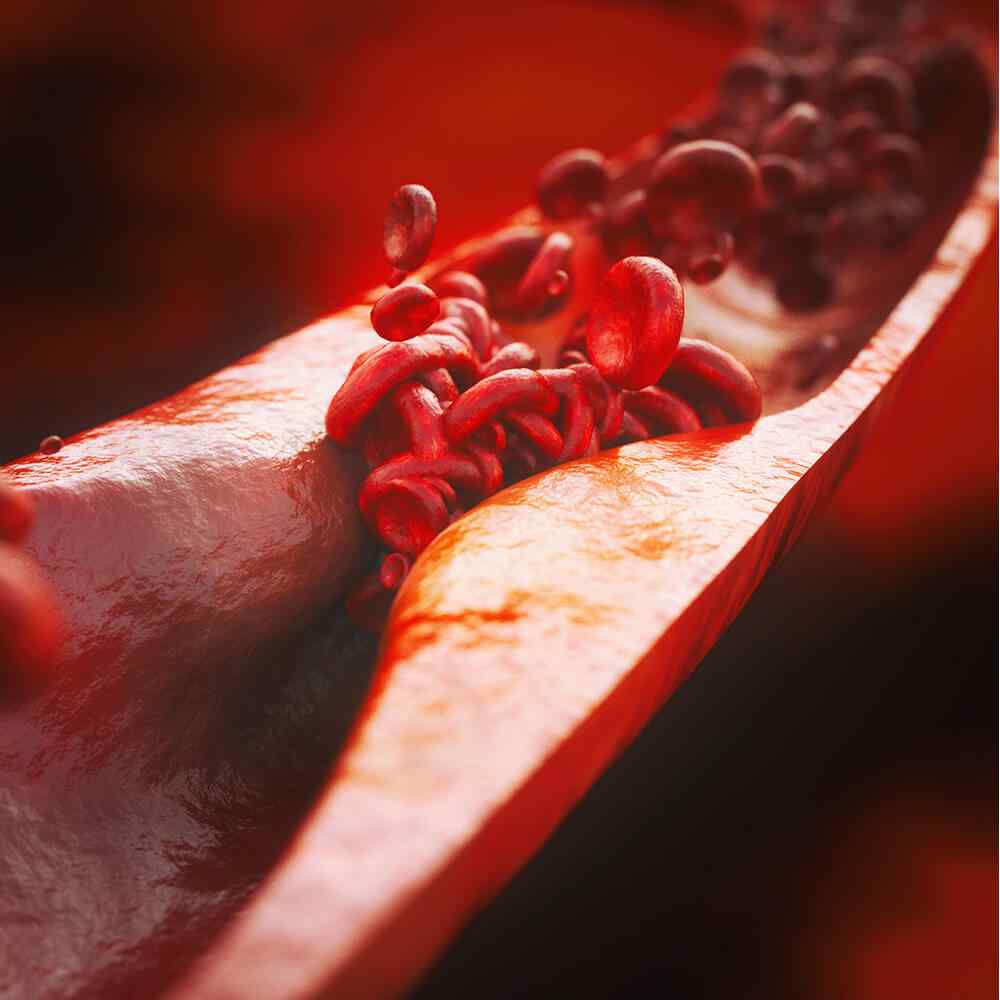
Heart infections
Rheumatic heart disease is a condition where the heart valves have been permanently damaged by rheumatic fever. The heart valve damage may start shortly after untreated infection.
Untreated or under-treated strep infections can increase the risk for rheumatic heart disease. This may take years to develop and can lead to heart failure. Rheumatic fever can occur at any age. But it often occurs in children ages 5 to 15.
Usual Symptoms:
- Fever
- Chest discomfort
- Swelling
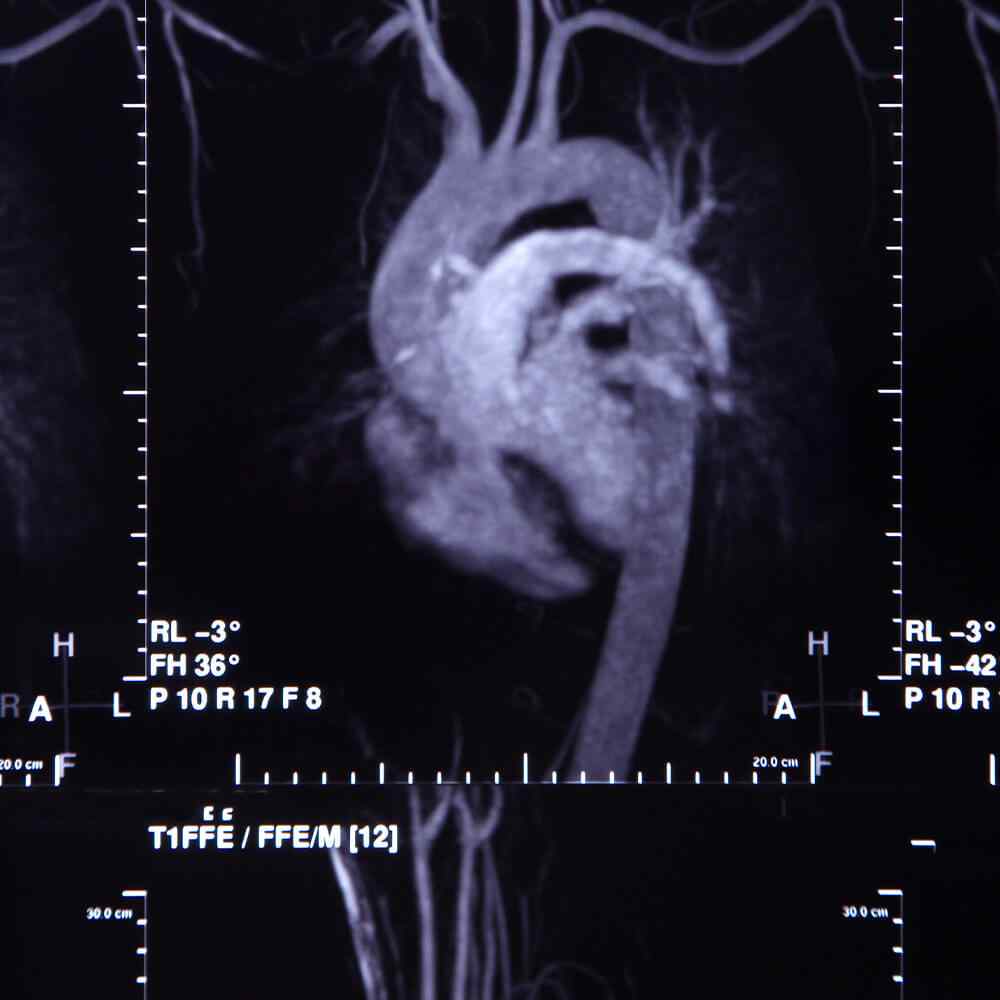
TreatmentsWHICH KERATOCONUS PATIENTS ARE SUITABLE FOR KERANATURAL-CAIRS TREATMENT?
Unhappy with contact lenses
Patients with keratoconus often experience discomfort and inadequate vision correction with contact lenses due to the irregular shape of their corneas. If a patient is dissatisfied with contact lenses, despite various attempts at fitting different types, KeraNatural-CAIRS might be considered.
Not benefiting from glasses
Traditional glasses may not adequately correct vision for individuals with advanced keratoconus. If a patient’s vision cannot be adequately corrected with glasses, despite updated prescriptions and lens designs, KeraNatural-CAIRS may be a consideration.
Significant vision loss
KeraNatural-CAIRS may be considered for patients experiencing significant vision loss, particularly if it exceeds 50%. This loss of vision could be due to the progressive nature of keratoconus or the failure of other conservative treatments to halt its progression.
Clear cornea without scar
KeraNatural-CAIRS is most effective when performed on corneas that are clear without any significant scarring. The absence of scarring suggests that the corneal tissue is still viable and suitable for reshaping through surgical intervention.
HOW CAN KERANATURAL CAN MAKE KERATOCONUS CORNEA MORE REGULAR ?



HOW CAN KERANATURAL CAN MAKE KERATOCONUS CORNEA MORE REGULAR ?
A community in which all people achieve their full potential for health and well-being across the lifespan. We work to be trusted by patients, a valued partner in the community, and creators of positive .
We use a team approach to providing health care, and involve the patient as part of our team. nvolvement by our staff in the community enhances our ability to provide effective health care. A community in which all people achieve their full potential for health and well-being across the lifespan.
Modeling and Analytics
Sense and Respond
Analysis and Monitoring
Diagnostics and Root


